
Lauren Bacall, born Betty Joan Perske on September 16, 1924, in New York City, remains an enduring symbol of Hollywood’s golden age. Known for her sultry voice, fierce presence, and captivating beauty, Bacall left an indelible mark on film and theater. Her remarkable career spanned over seven decades, with unforgettable roles that showcased her unique blend of sophistication and strength. In this article, we explore Lauren Bacall’s life, career, and the legacy she left behind as one of cinema’s most iconic actresses.
Video: Lauren Bacall: Intimate Portrait
Growing up in a modest household in New York City, young Betty Joan Perske had dreams far beyond her immediate surroundings. Raised by her mother after her parents divorced, Bacall found solace and inspiration in theater and movies. Determined to pursue her passion, she attended the American Academy of Dramatic Arts, where her ambition and talent quickly set her apart.

Her big break came unexpectedly when her striking look caught the attention of fashion editor Diana Vreeland, leading to a feature on the cover of Harper’s Bazaar. This iconic image captivated Hollywood director Howard Hawks’ wife, Nancy, who recommended Bacall to her husband. Impressed, Hawks cast the young actress in what would become her legendary film debut.
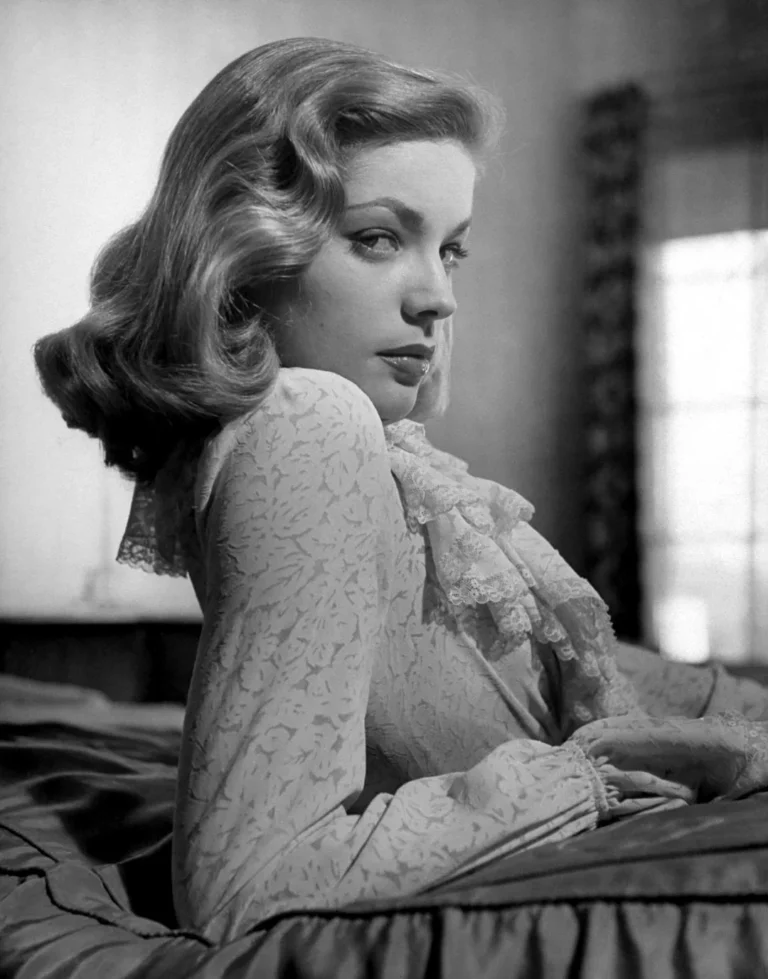
In 1944, Lauren Bacall starred in To Have and Have Not, opposite Humphrey Bogart. At just 19 years old, Bacall’s confidence and natural charisma made an immediate impact. Her famous line, “You know how to whistle, don’t you, Steve? You just put your lips together and blow,” became one of the most iconic moments in classic cinema.
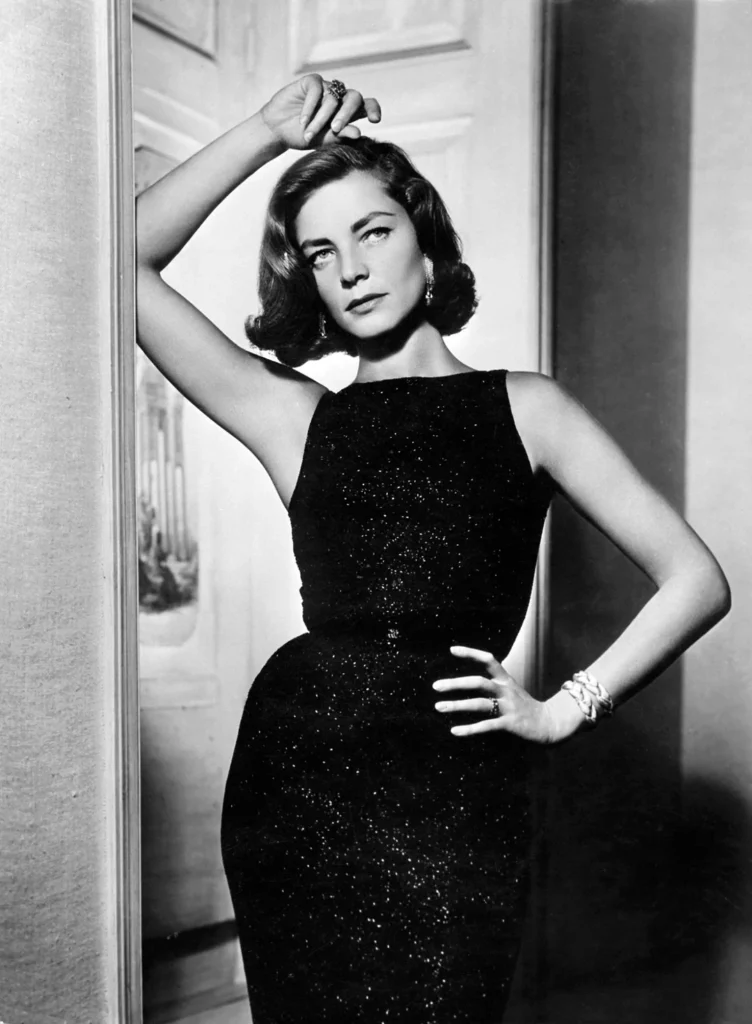
The chemistry between Bacall and Bogart was undeniable, both on-screen and off. Their relationship blossomed into a real-life romance, and they married in 1945. Their partnership became legendary, with audiences captivated by their dynamic both in films and as a Hollywood couple.
Video: Lauren Bacall’s Honorary Oscar: 2009 Governor General’s Award
Bacall and Bogart’s relationship was a love story for the ages. Despite their 25-year age difference, the pair found a deep connection and unwavering support in each other. They co-starred in several classic films, including The Big Sleep (1946), Dark Passage (1947), and Key Largo (1948), creating timeless cinematic moments.

Their on-screen chemistry mirrored their real-life bond, capturing the hearts of audiences worldwide. Bacall’s sultry elegance balanced Bogart’s rugged charm, making them one of Hollywood’s most unforgettable pairs. Their marriage lasted until Bogart’s death in 1957, and Bacall often spoke of him as the great love of her life.

After losing Bogart, Bacall faced the challenge of continuing her career while navigating personal loss. Refusing to be defined solely by her past roles, she took on diverse projects that showcased her versatility.
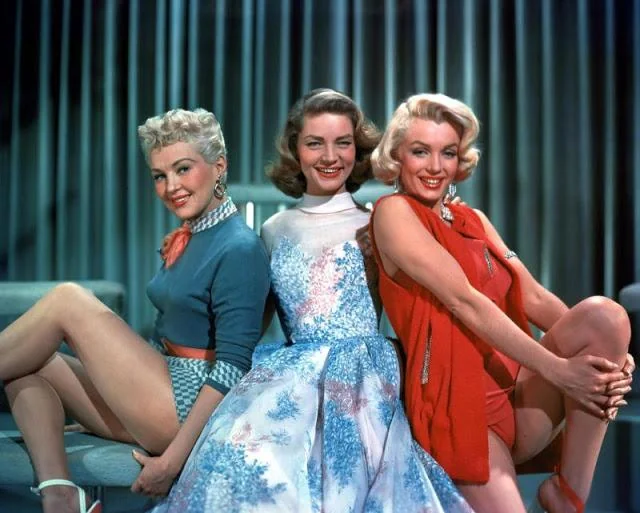
One of her standout performances was in How to Marry a Millionaire (1953), where Bacall’s comedic skills shone alongside Marilyn Monroe and Betty Grable. Her ability to transition from noir dramas to lighthearted comedies proved her adaptability as an actress.

Bacall also became a force on Broadway, earning critical acclaim in productions like Applause (1970) and Woman of the Year (1981), both of which earned her Tony Awards. Her presence on stage was as commanding as on screen, further cementing her status as an entertainment legend.

Bacall never stopped working, continuing to captivate audiences well into her later years. In 1996, she delivered a memorable performance in The Mirror Has Two Faces, earning a Golden Globe and an Academy Award nomination. The role of Hannah Morgan allowed Bacall to showcase a more mature, yet equally captivating side of her talent.
Video: Betty Grable, Marilyn Monroe, and Lauren Bacall: How to Marry a Millionaire
Her distinct voice also made her a sought-after narrator, lending gravitas to documentaries and animated films alike. Bacall’s willingness to embrace new opportunities demonstrated her enduring passion for storytelling.

Lauren Bacall passed away on August 12, 2014, after suffering a stroke at her home in New York City. She was 89. Her death marked the end of a golden era, but her legacy continues to inspire. As one of Hollywood’s most iconic leading ladies, Bacall’s influence remains evident in modern cinema.
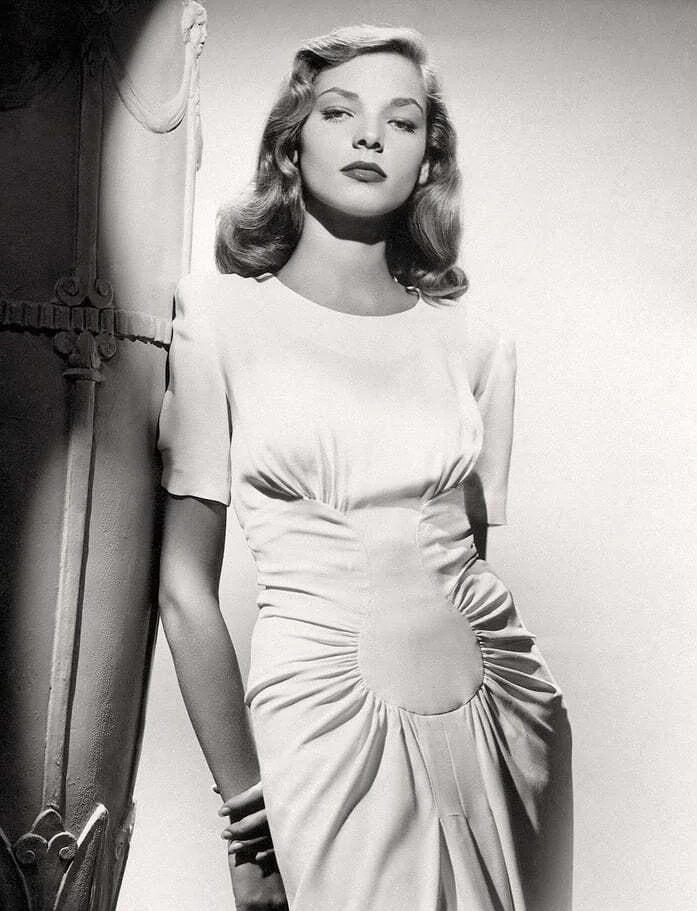
Her autobiography, By Myself, offers a candid look at her life, filled with reflections on love, career, and the highs and lows of fame. Bacall’s story serves as a reminder of the resilience required to navigate both personal and professional challenges while maintaining grace and dignity.
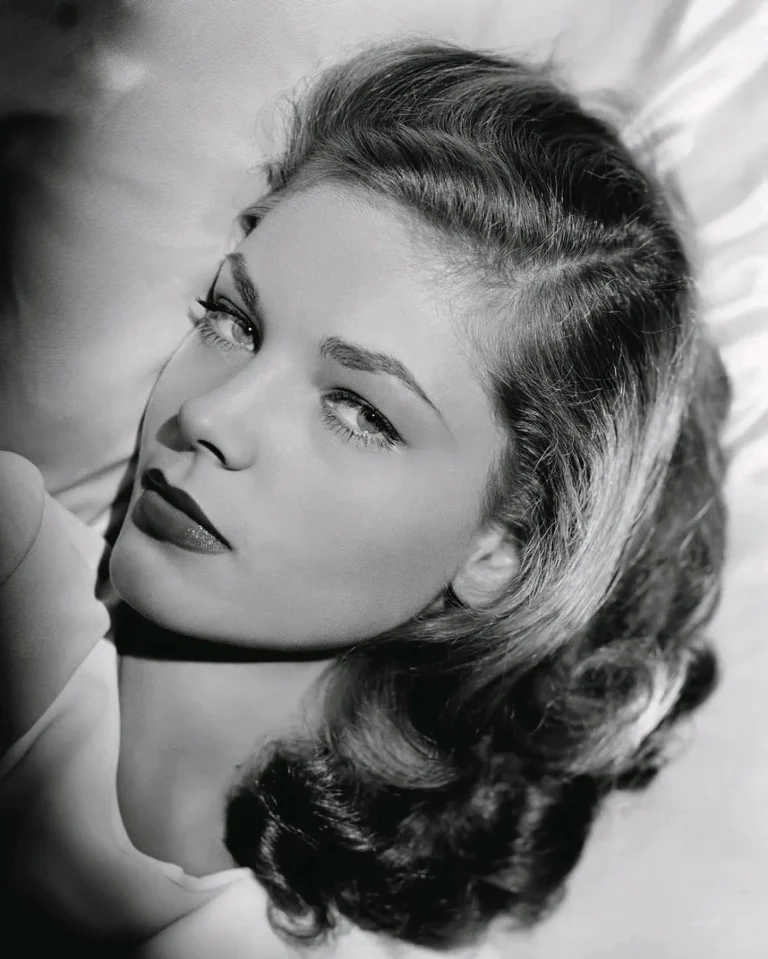
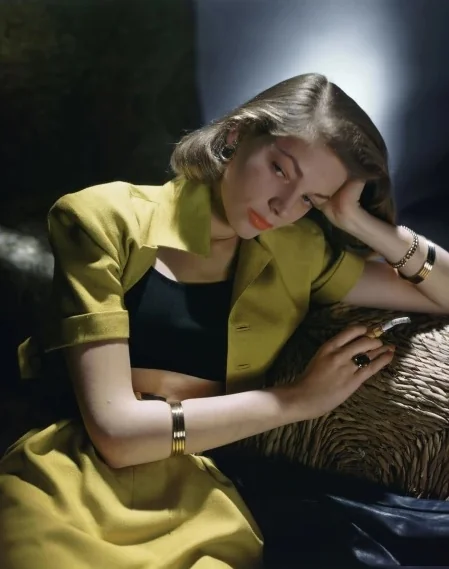


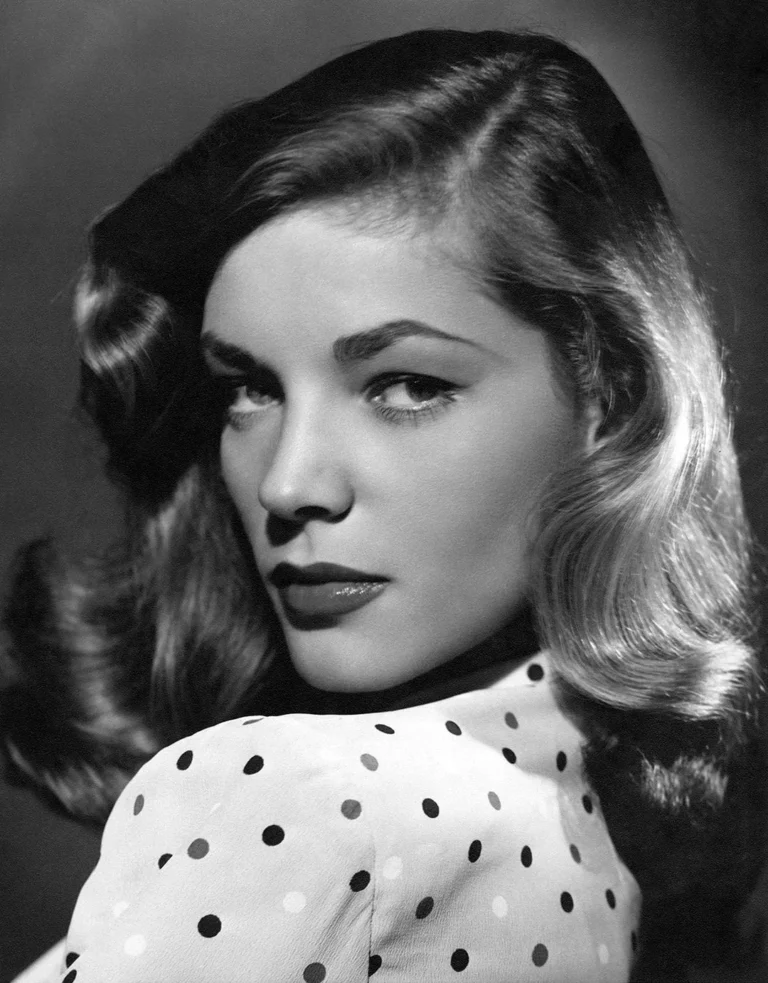
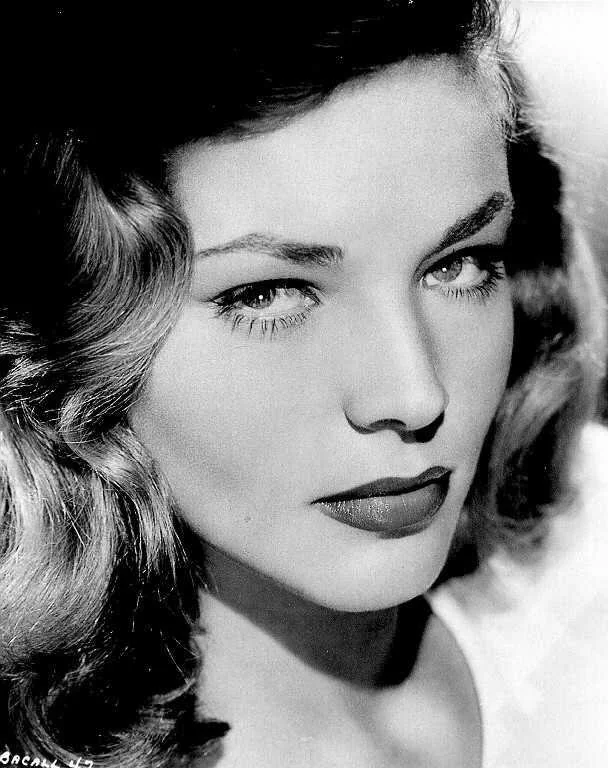
Lauren Bacall remains an enduring icon of classic Hollywood. From her groundbreaking debut to her lifelong contributions to film and theater, her influence transcends generations. With her captivating voice, commanding presence, and unbreakable spirit, Bacall’s legacy is forever etched in the annals of cinematic history.